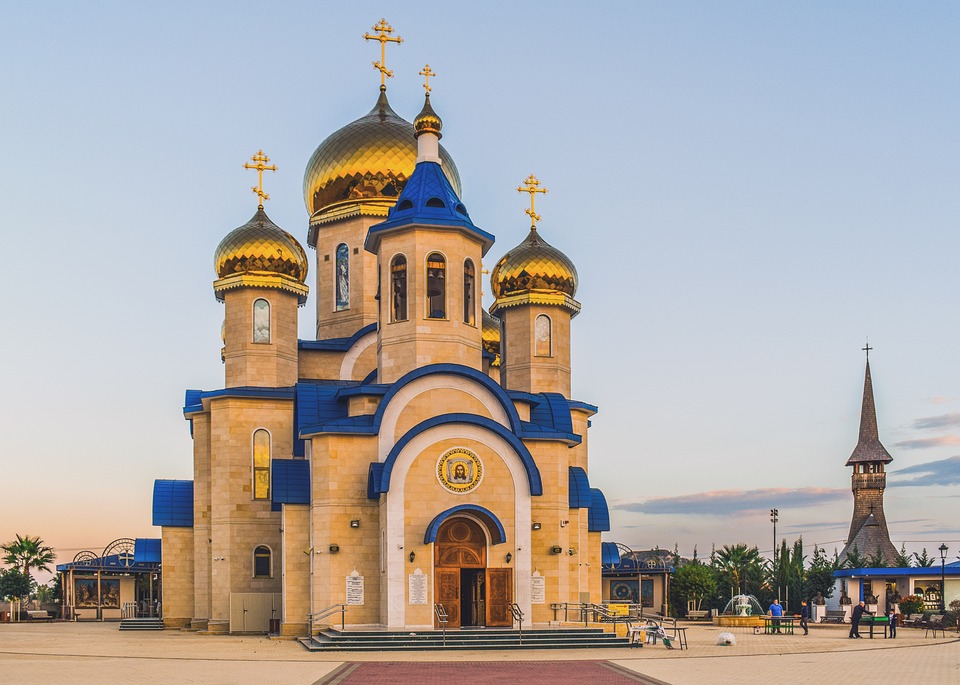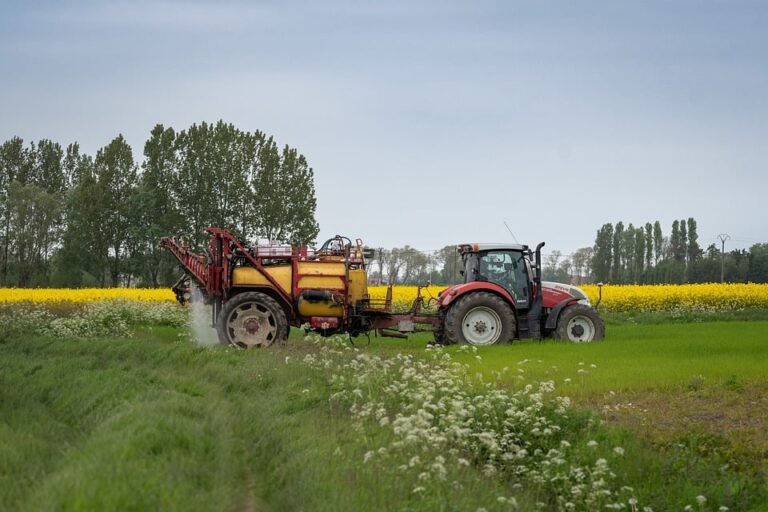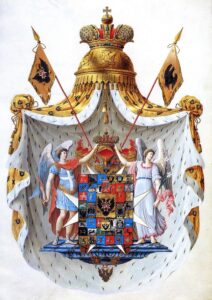The Transition from Feudalism to Capitalism in Early Russian Economy
Introduction
The transition from feudalism to capitalism in the early Russian economy was a complex and gradual process that had significant impacts on the social, political, and economic structures of the country. Feudalism, which was the predominant economic system in Russia for centuries, was characterized by a decentralized system of land ownership and labor relations. However, with the rise of capitalism in Western Europe, Russia began to undergo significant changes that ultimately led to the transition from feudalism to capitalism.
Feudalism in Russia
Feudalism in Russia was a system in which land was owned by the nobility and worked by serfs, who were essentially bonded laborers tied to the land. The serfs were required to provide labor and goods to their feudal lords in exchange for protection and the right to live on the land. This system was highly exploitative and oppressive, with the nobility holding vast power and wealth while the serfs lived in poverty and servitude.
The feudal system in Russia was bolstered by the power of the Russian Orthodox Church, which worked closely with the nobility to maintain the social hierarchy and justify the unequal distribution of wealth and power. The church played a significant role in legitimizing the power of the ruling class and reinforcing the belief that the common people were meant to serve their lords.
The Impact of Western Europe Capitalism
The transition from feudalism to capitalism in Russia was heavily influenced by the developments in Western Europe. The rise of capitalism in countries such as England, France, and the Netherlands had significant impacts on the global economy and sparked widespread social and economic changes. The growth of trade, the development of banking and finance, and the emergence of a capitalist class of merchants and industrialists all played a role in shaping the transition from feudalism to capitalism.
The impact of Western Europe capitalism on Russia was particularly pronounced during the reign of Peter the Great in the early 18th century. Peter implemented a series of reforms aimed at modernizing the Russian economy and military, borrowing heavily from Western European models. He encouraged trade and commerce, promoted industrialization, and sought to integrate Russia into the global economy. These reforms laid the groundwork for the transition from feudalism to capitalism in Russia.
The Role of the State
The Russian state played a crucial role in overseeing the transition from feudalism to capitalism in the early modern period. The state, led by the tsar and the nobility, played a central role in shaping economic policy, enforcing labor laws, and regulating trade and commerce. The state also played a key role in promoting industry and infrastructure development, as seen in Peter the Great’s efforts to industrialize Russia.
The state’s involvement in the economy was driven by a desire to increase state revenue, strengthen national security, and assert control over the population. The transition from feudalism to capitalism required the state to enact new laws and regulations that would protect property rights, promote commercial activity, and enforce contracts. This shift in policy marked a significant departure from the feudal system, in which economic relations were largely based on personal ties and obligations.
Social Impacts of the Transition
The transition from feudalism to capitalism in Russia had profound social impacts that reshaped the social structure of the country. The rise of capitalism led to the emergence of a new social class, the bourgeoisie, composed of merchants, bankers, and industrialists who controlled the means of production and amassed significant wealth. This new class challenged the traditional power structures of the nobility and the church, leading to social tensions and upheaval.
The transition also had significant impacts on the peasantry, who had long been bound to the land as serfs. The abolition of serfdom in 1861 marked a major milestone in the transition from feudalism to capitalism, as it granted the peasantry greater freedom and legal rights. However, the emancipation of the serfs also led to new forms of exploitation and inequality, as many former serfs struggled to make a living in an increasingly capitalist economy.
Economic Transformations
The transition from feudalism to capitalism in Russia brought about significant economic transformations that reshaped the country’s economy. The growth of trade and commerce, the rise of industrialization, and the development of a capitalist market economy all contributed to the rapid modernization of the Russian economy. The introduction of new technologies, such as railroads and steamships, revolutionized transportation and communication, enabling goods and ideas to flow more freely across the country.
The transition also led to the growth of urban centers, as industrialization attracted workers to cities in search of employment. This urbanization had profound impacts on the social fabric of Russian society, as new social issues emerged, such as poverty, overcrowding, and social unrest. The development of a wage labor system further transformed the relationship between workers and employers, leading to new forms of labor exploitation and class conflict.
Conclusion
In conclusion, the transition from feudalism to capitalism in the early Russian economy was a complex and multifaceted process that reshaped the social, political, and economic structures of the country. The influence of Western Europe capitalism, the role of the state, and the social impacts of the transition all played key roles in shaping the development of a modern capitalist economy in Russia. While the transition brought about significant economic growth and modernization, it also led to new forms of exploitation and inequality that continue to shape the country’s economy and society to this day.





